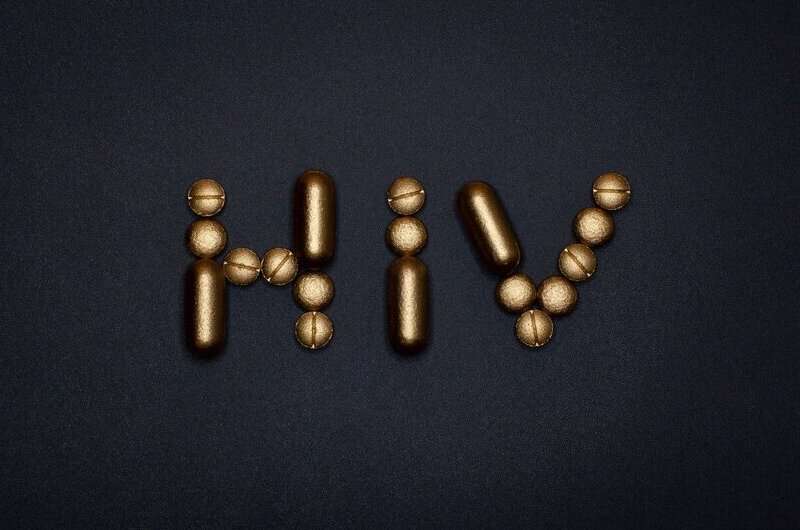
The world’s response against HIV has stalled amid shrinking resources due to COVID-19 and other crises, according to a new report presented at the International AIDS Conference in Montreal, Canada.
Globally, new HIV infections fell just 3.6 percent between 2020 and 2021, the smallest annual drop since 2017, according to the report, titled “In Danger.”
Some 1.5 million new infections occurred last year—more than a million over global targets.
“These data show the global AIDS response in severe danger. If we are not making rapid progress then we are losing ground,” said UNAIDS executive director Winnie Byanyima in a press statement.
New infections climbed in Eastern Europe, Central Asia, the Middle East, North Africa and Latin America, in line with trends over several years.
Asia and the Pacific saw a slight rise, bucking previous declines.
Bright spots included western and central Africa—the latter driven largely by Nigeria—and in the Caribbean.
“COVID-19 and other instabilities have disrupted health services in much of the world, and millions of students have been out of school, increasing their HIV vulnerability,” the report said.
Around the world, 38.4 million people were living with HIV in 2021, with 650,000 deaths from AIDS-related illnesses.
Young women and adolescent girls were disproportionately impacted, with a new infection occurring in this population every two minutes.
Sub-Saharan Africa still accounts for the majority of new infections—59 percent in 2021—but that proportion is decreasing as the decline in new cases slows in the rest of the world.
Seventy percent of cases globally were reported in key populations: sex workers and their clients, gay men and other men who have sex with men, people who inject drugs, and transgender people.
The report also showed that access to life-saving treatments is faltering, growing by its slowest rate in over a decade.
Three-quarters of all people living with HIV had access to antiretroviral treatments, but 10 million people do not.
Globally, the rate of new infections has declined since peaking in the mid-1990s, but there is far to go in order to achieve the global goal of ending AIDS by 2030.
The report comes as high-income countries are cutting back aid.
In 2021, international resources available for HIV were six percent lower than in 2010, with bilateral assistance from the United States down 57 percent over the past decade.
Source: Read Full Article